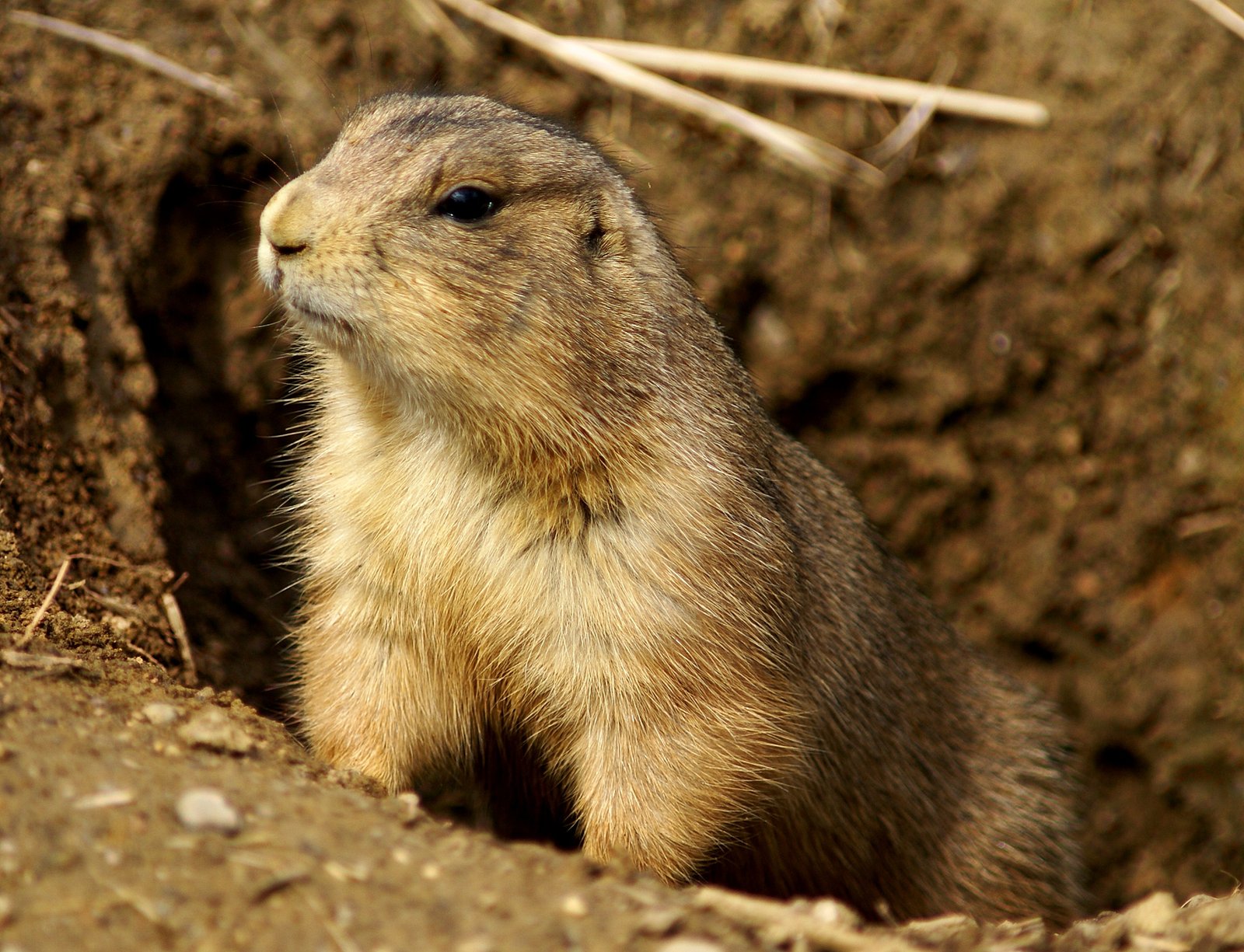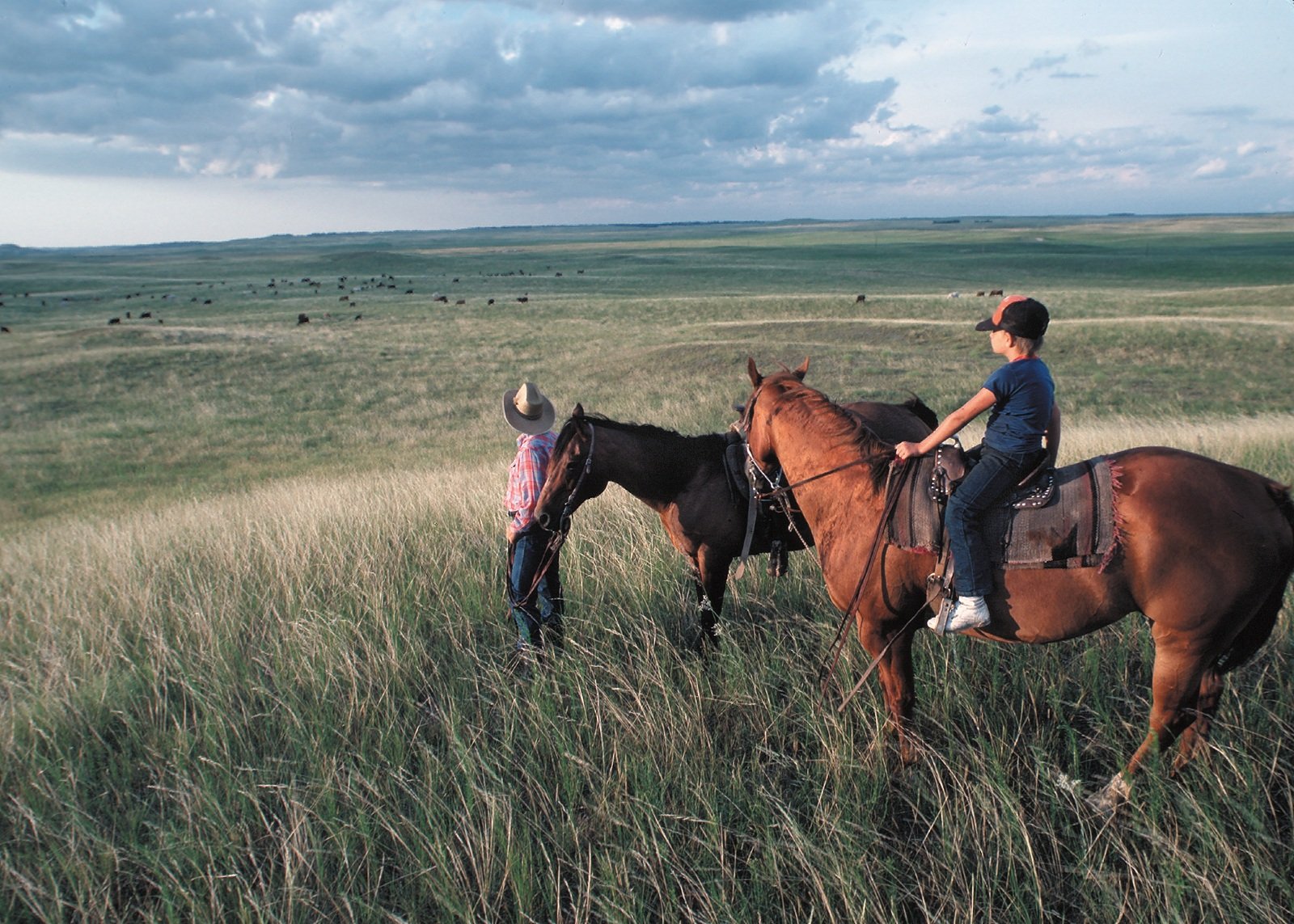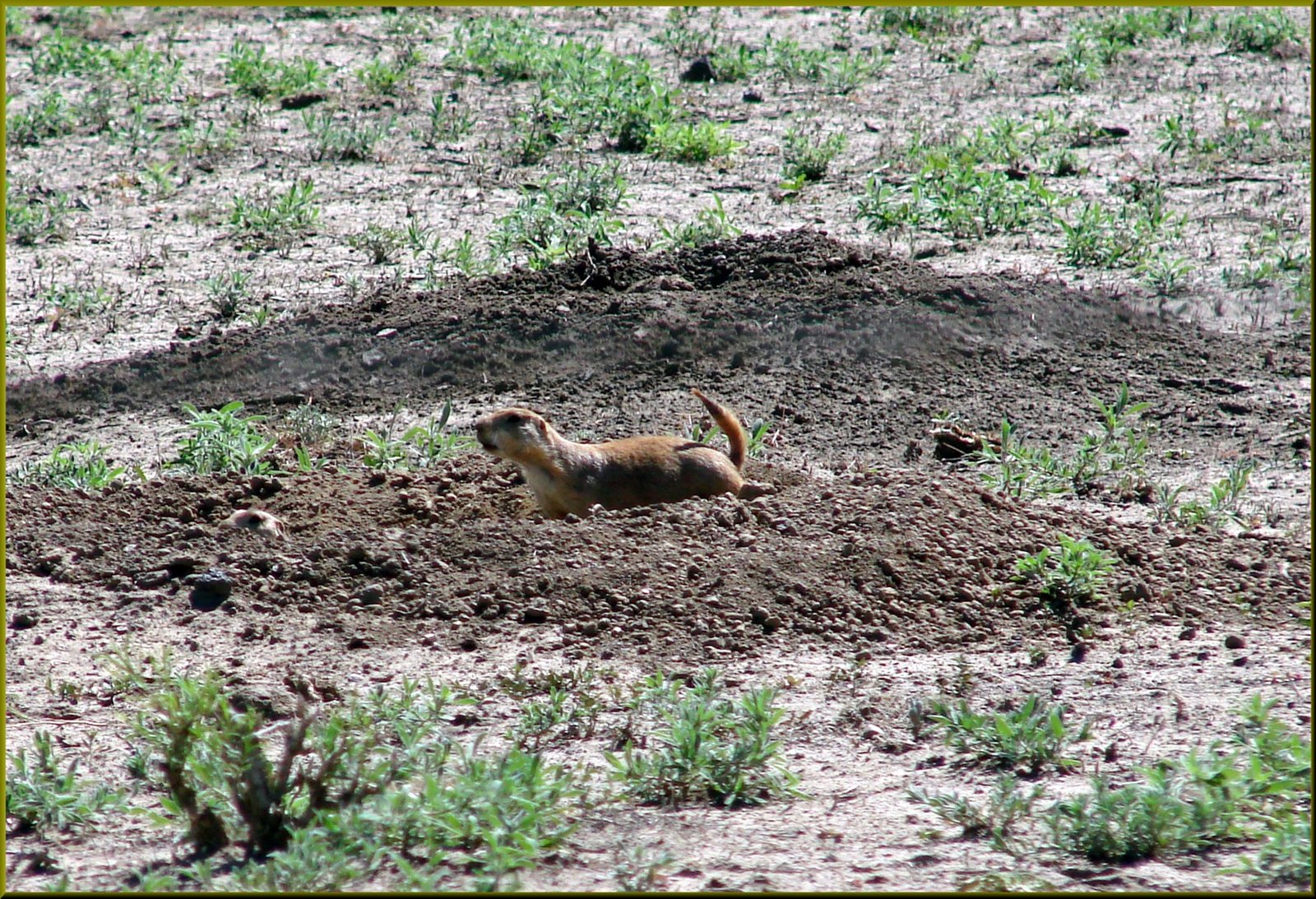A silent drama is unfolding across the American West, pitting ranchers against one of the region’s most iconic creatures: the prairie dog. These small, burrowing rodents, often seen as symbols of untamed grasslands, have become the unlikely center of heated legal battles. Ranchers, whose livelihoods depend on the health of their pastures, are taking drastic action—suing for the right to control what they see as an invasion. With emotions running high and science offering no easy answers, the struggle over prairie dogs has become a lightning rod for debates about land, wildlife, and the future of rural America.
The Prairie Dog: A Tiny Creature with a Big Impact

Prairie dogs may look like harmless, chubby ground squirrels, but their influence on the land is far from small. Living in colonies that can stretch for hundreds of acres, these rodents dig intricate networks of tunnels just below the surface. Their burrowing changes everything—from the way water flows to how grass grows. For many, seeing a prairie dog pop up from its burrow is a reminder of the wild spirit of the Great Plains. Yet, for others, those same burrows spell trouble, threatening valuable crops and cattle pastures.
Why Ranchers See Prairie Dogs as a Threat

For ranchers managing thousands of acres of grassland, prairie dogs pose a direct challenge. The animals feed on native grasses, sometimes stripping pastures bare. When grass is scarce, cattle have less to eat, leading to lower weight gain and, ultimately, reduced profits. Ranchers also worry that burrow networks can injure livestock. Imagine a cow stepping into an unseen hole—broken legs are not uncommon, representing both animal suffering and financial loss. It’s no wonder some ranchers view prairie dogs as pests rather than neighbors.
The Legal Battlefield: Why Lawsuits Are Emerging
Lawsuits against prairie dog protection measures are cropping up in several states. At the heart of these battles are regulations that limit ranchers’ ability to control prairie dog populations, often to protect endangered species or preserve ecosystems. Some ranchers argue these restrictions interfere with their property rights and threaten their way of life. They claim that state and federal agencies are prioritizing rodents over people, sparking outrage and legal action. The courtroom has become a new frontier in the age-old struggle between humans and wildlife.
The Role of Prairie Dogs in the Ecosystem

Despite their controversial reputation, prairie dogs play a critical ecological role. They are considered a “keystone species,” meaning their activities create habitats for many other creatures. Burrowing owls nest in their tunnels, black-footed ferrets rely on them for food, and even the grasses benefit from the way prairie dogs aerate the soil. Removing prairie dogs can have ripple effects, sometimes leading to declines in species that depend on them. The science is clear: prairie dogs are much more than just grass-eating rodents.
Economic Pressures on Ranchers
Running a ranch is never easy, and financial pressures are a constant presence. Fluctuating cattle prices, drought, and competition with large agribusinesses make every acre of grass precious. When prairie dogs reduce grazing land, even by a small percentage, the impact can be enormous over time. For family-run operations, every lost calf or damaged pasture can be a step closer to bankruptcy. This economic squeeze is a major reason why frustration toward prairie dogs sometimes boils over into legal disputes.
Government Policies and Wildlife Protection
Federal and state agencies often step in to protect prairie dogs, especially when their numbers are dwindling or when their colonies support other endangered species. These policies might ban poisoning or require landowners to maintain a certain number of prairie dog colonies. While well-intentioned, such rules can feel like a burden to ranchers struggling to make ends meet. The clash between conservation and commerce is stark, with both sides feeling misunderstood and overlooked.
The Science Behind Prairie Dog Management

Scientists have spent decades studying how to balance the needs of ranchers with those of wildlife. Some research suggests that moderate prairie dog populations actually help maintain healthy grasslands by preventing overgrowth and increasing plant diversity. But when colonies expand unchecked, overgrazing and erosion can become real problems. The challenge is finding the right balance—enough prairie dogs to keep ecosystems healthy, but not so many that they devastate pastures. Science offers guidance, but real-world solutions are rarely simple.
Stories from the Land: Ranchers’ Perspectives

Talk to ranchers on the ground, and you’ll hear stories of frustration, loss, and resilience. Some recall fields once lush with grass, now pockmarked and barren. Others remember long nights tending to injured cattle or struggling to pay bills after a poor season. At the same time, there are ranchers who have found ways to live alongside prairie dogs, using fencing, rotational grazing, or even ecotourism to make peace with their wild neighbors. The human side of this conflict is as complex as the land itself.
Conservationists Weigh In
For conservationists, the lawsuit battles represent a worrying trend. Prairie dogs are disappearing from much of their historical range, and every lost colony is a blow to biodiversity. They argue that coexistence is possible, and point to success stories where ranchers and wildlife thrive together. Some advocate for incentives or compensation programs to help landowners shoulder the costs of conservation. For many, the survival of prairie dogs is a test of society’s commitment to protecting nature—even when it’s inconvenient.
Seeking Solutions: Can Ranchers and Prairie Dogs Coexist?

Across the West, innovative minds are searching for answers. Some ranchers are experimenting with new grazing strategies that give both cattle and prairie dogs a share of the land. Others are working with scientists to monitor ecosystems and adjust management plans as needed. There are even programs that pay ranchers to maintain wildlife habitat, turning conservation into a source of income rather than conflict. These efforts show that, while the road may be rocky, peaceful coexistence is within reach.
The Heart of the Matter: Land, Livelihood, and Legacy
Beneath the lawsuits and headlines lies a deeper question: what kind of relationship do we want with the land? For ranchers, the prairie is not just a workplace—it’s a heritage, a source of pride, and sometimes a battleground. For advocates of wildlife, it’s a last refuge for species that have nowhere else to go. The fight over prairie dogs is about more than rodents or ranching—it’s about the future of the American West. What are we willing to sacrifice, and what are we determined to protect?


